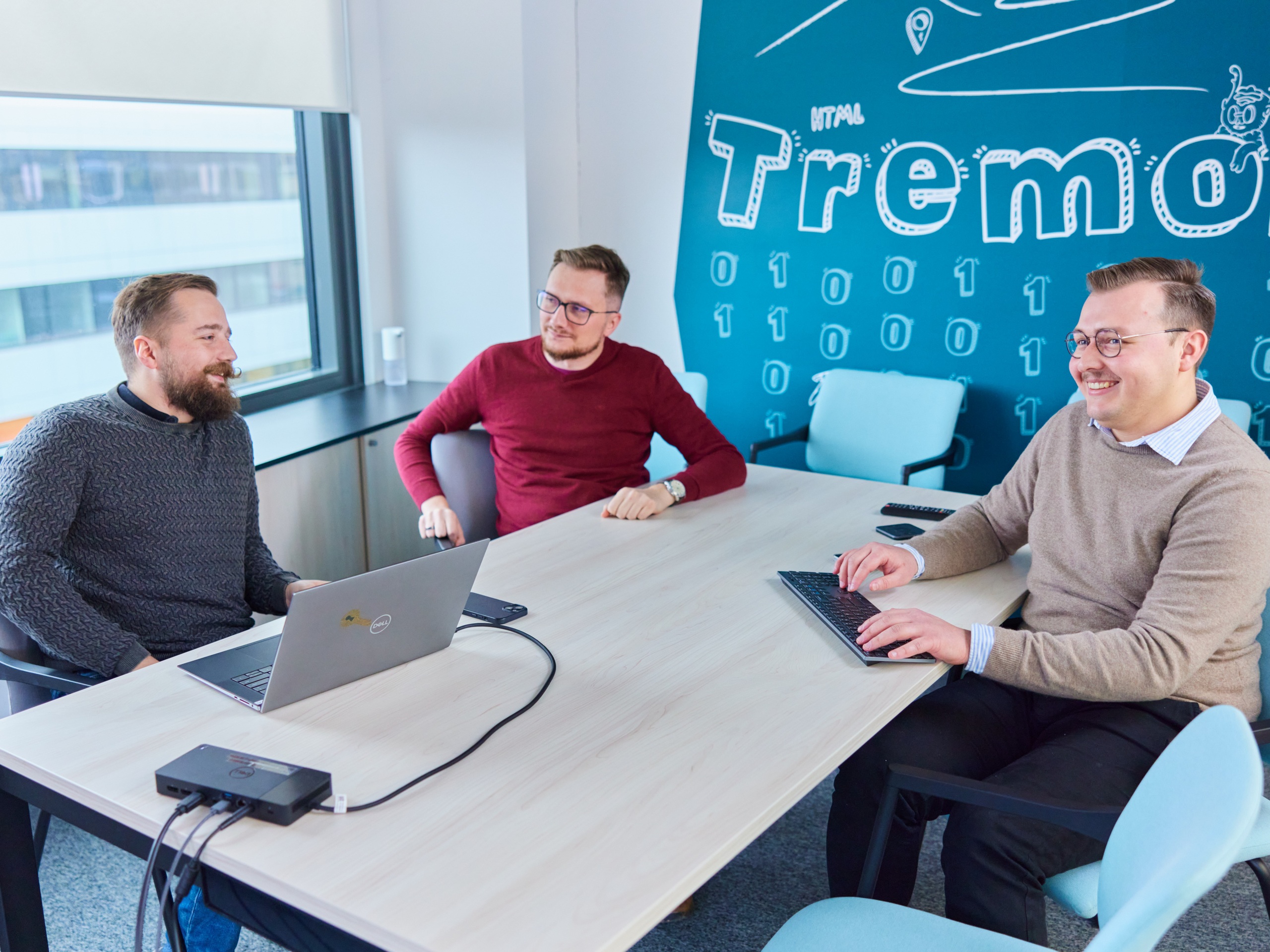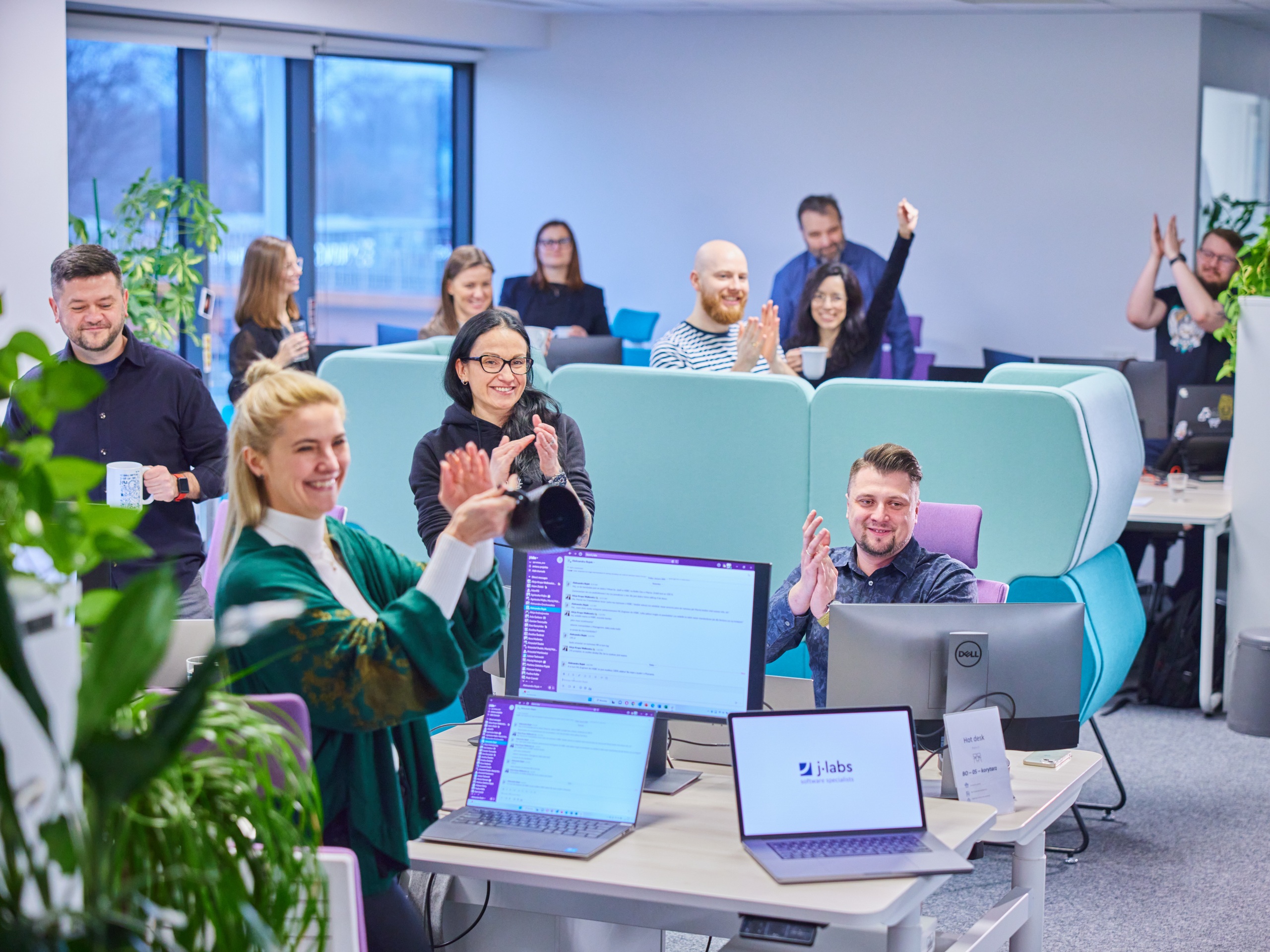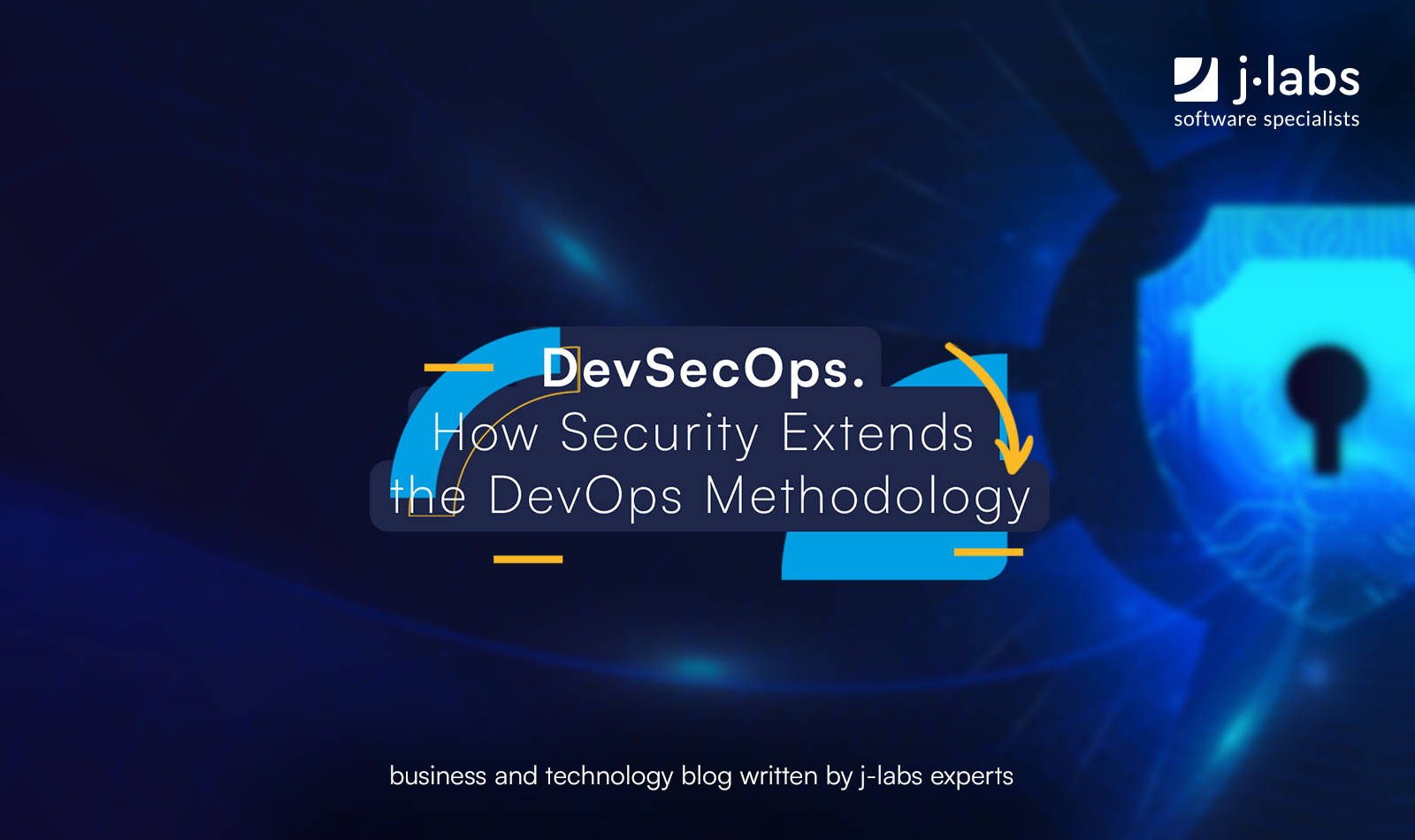Migrating Legacy Systems to the Cloud: A Step-by-Step Guide
Migrating from a legacy system to the cloud is one of those tasks that’s just as demanding as it is… unexpected. Companies often postpone implementing new solutions, and when they finally have no choice or when they want to launch a new project, all changes have to be made quickly and smoothly. That’s why we consider legacy-to-cloud migrations to be one of the biggest technological challenges businesses face today. Old systems that have fulfilled their role for years can suddenly slow down growth, and maintenance can become expensive and risky from a security perspective (yes, a properly secured cloud can be safer than traditional solutions!).
So the real question is: how do you do it right? Our response to this will be two-fold: through security and compliance. These form the backbone of every migration project, no matter the specifics.
And let’s not forget that there’s real value in working with people who’ve already been through multiple migration scenarios. In just a moment, we’ll explain exactly why that sort of experience matters. Given that at j‑labs, we’ve got a senior team that’s really familiar with the best practices and knows how to navigate legacy-to-cloud processes smoothly – we know what we’re talking about!
Legacy-to-Cloud Migrations: Quick Facts
A legacy system is any software that:
- Isn’t easy to scale,
- Relies on outdated technologies (not necessarily, but this is virtually always the case),
- Is hard to maintain, and upgrading it smoothly is basically never in the cards.
At the same time, such systems can and often do hold significant value for any given business, which creates further problems. For example, Old SAP-based ERP systems, decade-old CRM solutions running on dedicated hardware, or in-house financial systems hosted on on-premise servers.
This should be a convincing enough introduction, highlighting exactly why migrations are crucial.
So, let’s discuss how to conduct such a transition responsibly and efficiently.
Migrating Legacy Systems to the Cloud, Step-by-Step
Before you do anything, you need a plan. Migration isn’t something you can just “wing”, and if someone promises to simply move your data and processes from one system to another one in the cloud… then they don’t know what they’re talking about. To read more about project planning and execution pitfalls, check out this post: IT Project Management – How to Avoid Common Pitfalls?
Below, we outline several key points that need to be included in the planning stage of a legacy-to-cloud migration between systems.
1. Evaluation + Strategy
Identify which parts of the legacy system are suitable for migration, and which need to be refactored or completely rebuilt. There are several different migration strategies:
- Lift & shift – a straightforward move of the application to the cloud (quick, but not always optimal, often simply not feasible);
- Replatforming – adapting the system to the cloud by modernizing your infrastructure before the migration;
- Refactoring – a bottom-up change in the application’s architecture to fully leverage the benefits of the cloud.
2. Security and Compliance – From the Very Beginning
Every migration should comply with relevant regulations (e.g., ISO/IEC 27001) and take cybersecurity best practices into account. Encryption, monitoring, and threat detection need to be addressed from the start. SIEM tools and experienced professionals can help with that.
3. Choosing the Right Cloud and Tools
Public (AWS, Azure, GCP), private, or hybrid? Each option has its own strengths. Selecting the right tools is also crucial. If you’re unsure how to automate processes or considering Infrastructure as Code but don’t know where to start, maybe it’s time to upskill your team. See here to understand what choice will be best: IT Managed Services or Staff Augmentation?
4. Secure Data Migration
When the time comes, data should be your top priority: it’s your most valuable and sensitive asset. Have a rollback plan in case something goes wrong, review all integrations, and plan the migration carefully. Most importantly, work with senior-level specialists who can take full ownership of the process. The role of IT support in effective business operations can be invaluable
5. Testing and Optimization
Once the migration is done, it’s time to test! You’ll want to do them all: benchmarking, security, scalability, and cost optimization (maintenance, operations, etc.). Remember: the migration doesn’t end when your data lands in the cloud. That’s just the intermediate stage. In the final step, make sure to train your team. Nowadays, DevSecOps, observability, and automation are essential.
The Takeaways? Migration Isn’t Just About Technology!
Moving a legacy system to the cloud isn’t “just” an infrastructure change. Rather, it’s a full-on transformation of your entire approach to IT. At j‑labs, we know how to guide our clients through this process successfully. To us, security and compliance aren’t just buzzwords – they’re the baseline. Don’t believe us? Check out what our clients have to say on Clutch!
And when you’re ready, book a meeting via our contact form. Let’s talk.
Meet the geek-tastic people, and allow us to amaze you with what it's like to work with j‑labs!
Contact us



